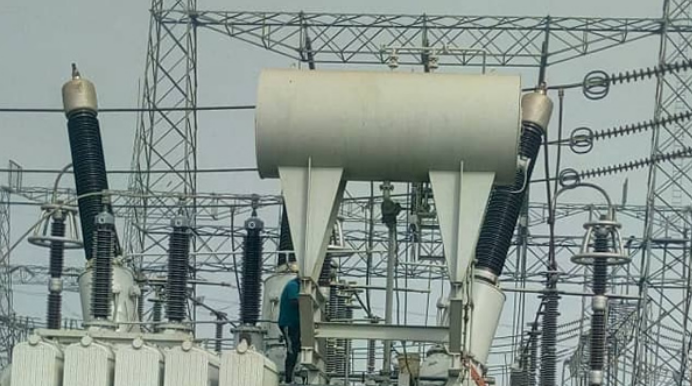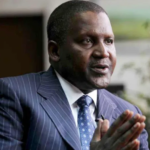Despite Improved Wheeling Peak, Power Sector Loses N26.6bn

The Nigerian Electricity Supply Industry (NESI) lost N26.603 billion to constraints, including limited gas supply, poor infrastructure as well as challenges with the national grid system between February 5 and March 5, Flavision gathered yesterday.
The development comes as the Transmission Company of Nigeria (TCN), for the fourth consecutive time in two weeks, said it had posted another record peak wheeling performance on March 5.
General Manager, Public Affairs of the company, Mrs. Ndidi Mbah, said the latest maximum daily energy peak of 119,471.15MWH was higher than the previous value of 118,133.85 recorded a day earlier by 1,337.3MWH.
The new record also exceeds the ones, achieved on February 25, February 26, February 28 and March 1.
However, the power sector has continued its sub-optimal performance, sustaining its losses in the electricity value chain, according to the latest figures from the Advisory Power Team (APT), which is resident in the office of the Vice President, Prof. Yemi Osinbajo (SAN).
The trend showed that the loss was a continuation of similar ones recorded in December 2020, which hit N26.7 billion, a difference of about N300 million put side by side with the N26.4 billion loss recorded in January.
Also, there was a marginal boost to the average energy per hour available to Nigerians between February 5 and March 5, standing at 4,607MWH/H compared to 4,501 MWH/H in January and 4,500MWH/H in December last year.
But the figures for the 30 days indicated that although many Nigerian homes continue to suffer severe power outages, peak power wheeled for the days under review improved markedly hitting 5,802MW compared to 5,584MW in the month of January and 5,504MW in December, 2020.
According to the latest data, with revenue leakages owing to constraints within the system, including poor infrastructure, the country lost a substantial quantum of 1,847MW between February 5 and March 5, put side by side 1,838MWH/H, in January.
Insufficient gas supply, distribution infrastructure, and transmission infrastructure accounted for the limited performance of the sector, the report stated.
Like in previous months, some of the power generating plants across the country, such as the Alaoji NIPP, Ihovbor NIPP, ASCO, Egbin station 6 and AES, did not produce any power, while Egbin station 2 to 5, the largest power generation plant in the country, performed the most, followed by Jebba, Kainji, Azura-Edo, Geregu, Okpai and Odukpani in that order.
Nigeria has a rough estimate of installed power generation capacity of 12,522 MW, with a mix of thermal which requires gas to function put at about 10,142 MW, while hydro or the quantum requiring water is 2,380 MW.
According to the United States Agency for International Development (USAID), only 45 per cent of the entire population currently has access to electricity supply, shared between the rural population with 36 per cent and urban residents with a 55 per cent access rate, leaving a huge chunk of 20 million households without power.
In 2013, the Federal Government privatised the power sector to attract investments and sort out many of the current issues still bedevilling the sector. But many years after, there has been no marked improvement in the operations of the entire spectrum of the value chain.
A multi-billion-dollar deal with Siemens of Germany to revamp the sector, broken down into three phases which will see Nigeria generate 25,000MW by 2025, has remained in the doldrums since last year.
Last week, Minister of Power, Mr. Sale Mamman, said he had been instructed by President Muhammadu Buhari, to understudy how a similar agreement between the Egyptian government and Siemens became a success story.

Justin Nwosu is the founder and publisher of Flavision. His core interest is in writing unbiased news about Nigeria in particular and Africa in general. He’s a strong adherent of investigative journalism, with a bent on exposing corruption, abuse of power and societal ills.













